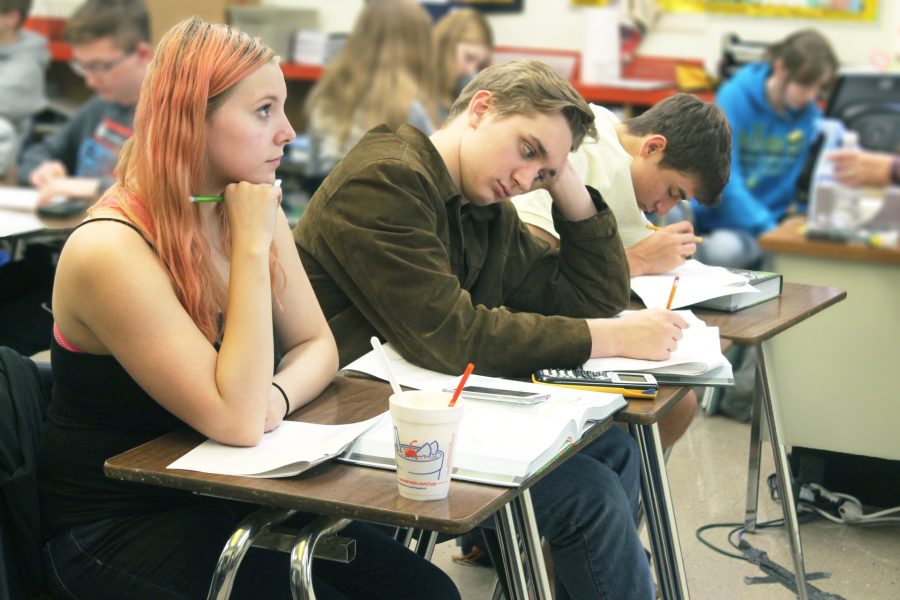For most students at RBHS, Advanced Placement (AP) classes are a way to earn college credits in high school. Classes such as AP US History, AP Calculus and AP Biology can give students a head start on their college career if they earn a sufficient score on the AP test for their particular AP class each year in May.
While AP classes are the most common way of attaining college credit, they certainly aren’t the only way. Dual credit courses also offer students an opportunity to earn college credit. A dual credit course enrolls a high school student in a college course, allowing that student to earn postsecondary credit along with high school credit.
Currently, Columbia Public Schools (CPS) is exploring dual credit in hopes of providing students in the district a wider array of opportunities to earn college credit. Most recently, on April 9, the CPS Board of Education discussed a plan to approve a dual credit agreement between Stephens College and the Columbia Area Career Center (CACC). The agreement states that students who are approved and successfully complete the offered courses will earn college credit and pay a reduced rate for the classes.
“In my experiences with CPS over the years as a parent, employee and now school board member, CPS has encouraged students to pursue dual credit courses. There used to be limited courses available in the past, but there seems to be more offerings all the time,” Mees said. “Local institutions want to work with local students – it is a win-win – the students get credit to apply to their post-secondary standing and the institutions see it as an enticement for students to continue their higher education at that campus.”
In essence, dual credit classes offer the same benefit as an AP course: potential college credit. Dual credit classes, however, offer potential benefits over an AP course. An example of this lies in the environment of the class. High school students participating in certain dual credit courses can sometimes take it at a university, surrounded by college students who are more focused on their work.
On the other hand, the sheer difficulty of a college course can make it more academically challenging for a high school student, which could result in a lower grade. For junior Henry Huang, the benefits of dual credit outweigh its possible drawbacks, and he agrees that it can be a great option for RBHS students.
“I would support [dual credit], sure,” Huang said. “It gives more options for kids to get more credits.”
The 2017-18 high school course catalog, Mees said, includes dual credit opportunities from Linn State Technical College, Moberly Area Community College, University of Central Missouri, UMKC, Central Methodist University, Stephens College and Missouri State University. In the future, she hopes more dual credit opportunities become available to students.
“There is always room for expansion in the area of educational opportunities. Careers have changed rapidly over the years and this offers our students a cutting-edge look into fields that might not be available to them with our high school offerings (although our high school course catalogs are very impressive),” Mees said. “We are often approached by other institutions to offer dual credit options, and if it’s a good fit for our students, it’s a go pending administrative recommendation and board approval.”
Categories:
CPS considers dual credit options for high school students
April 30, 2018
0
More to Discover













































































